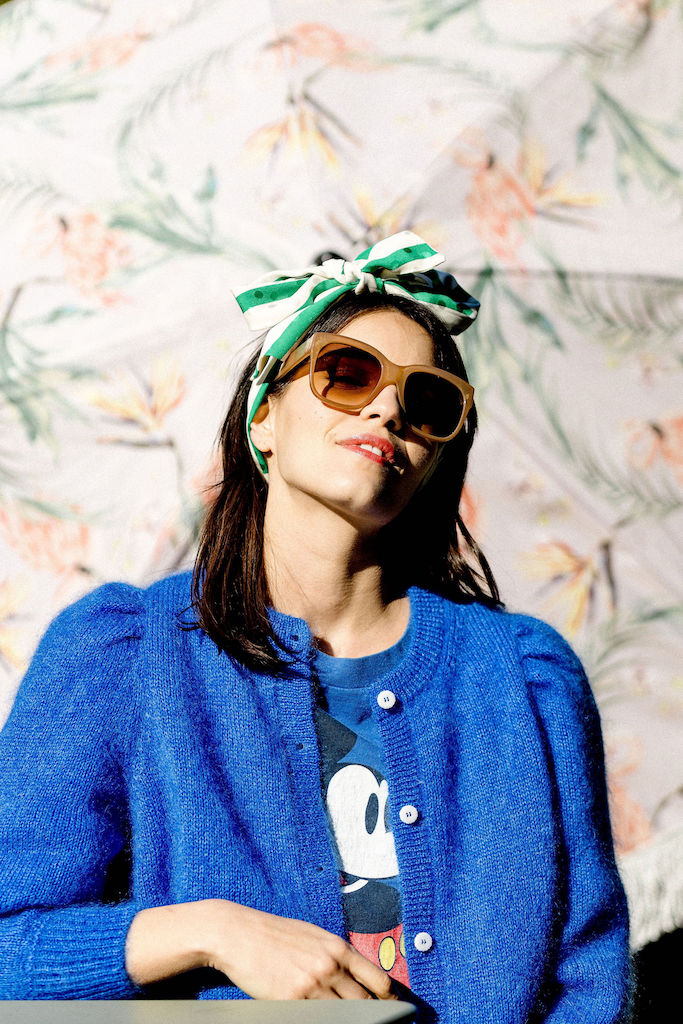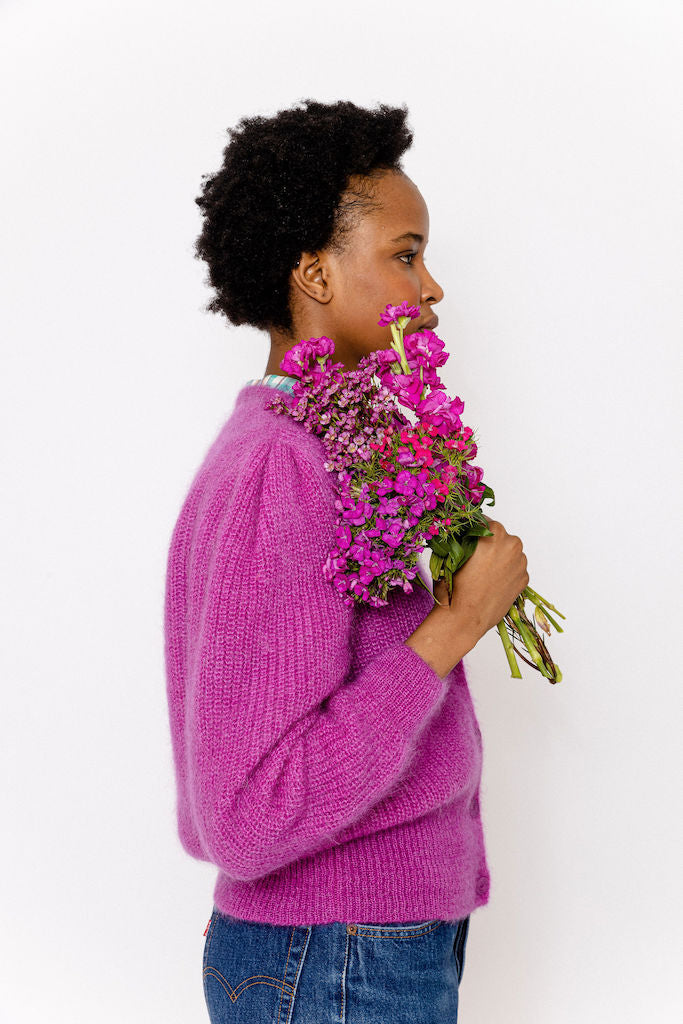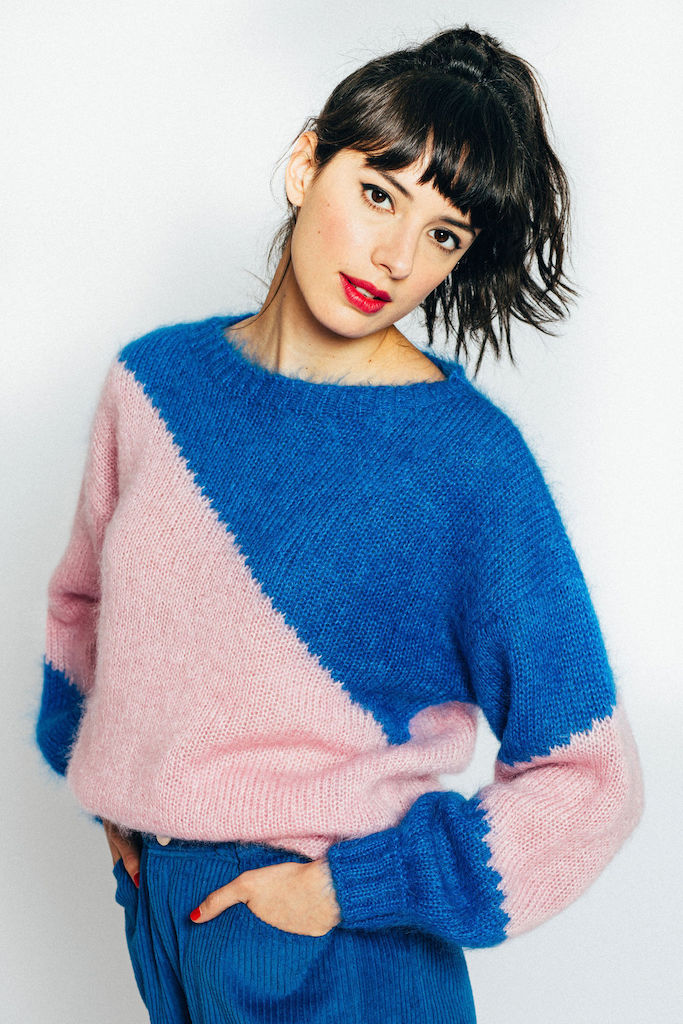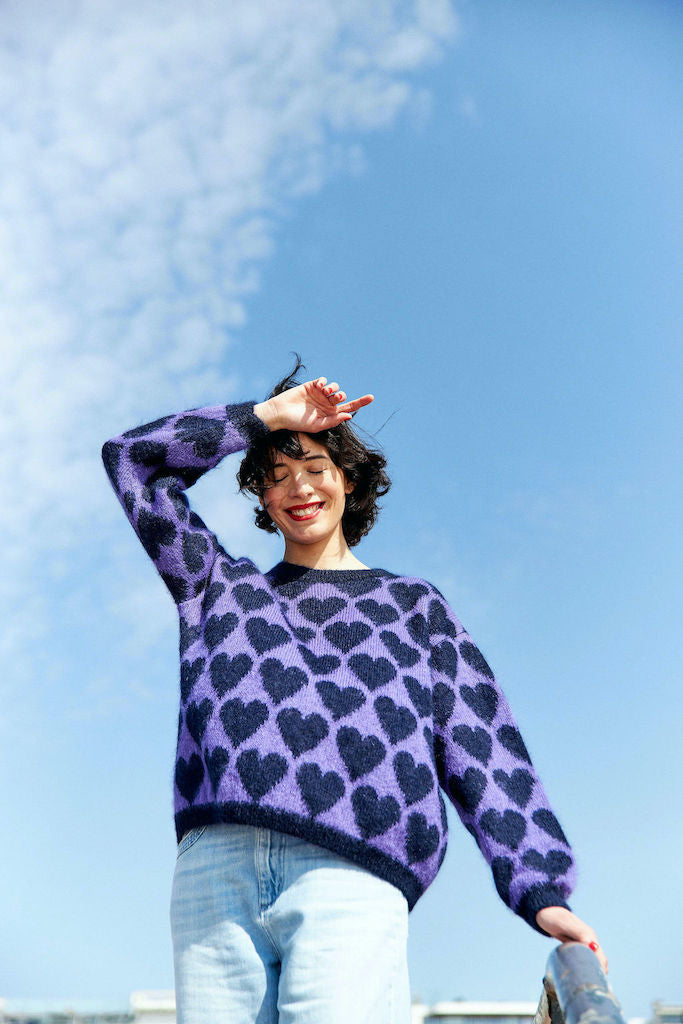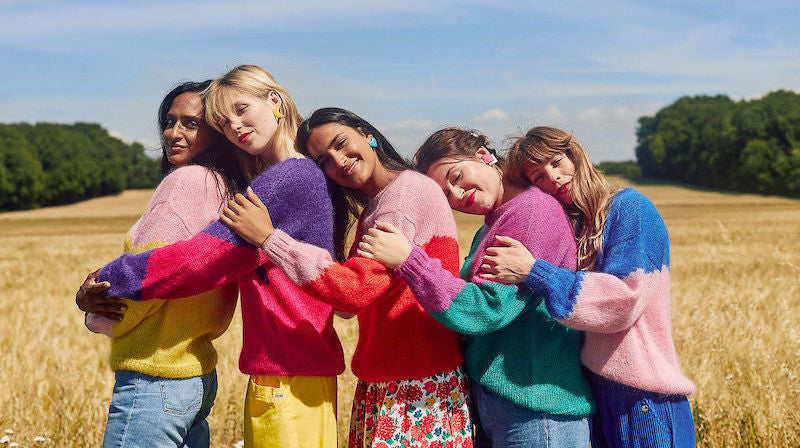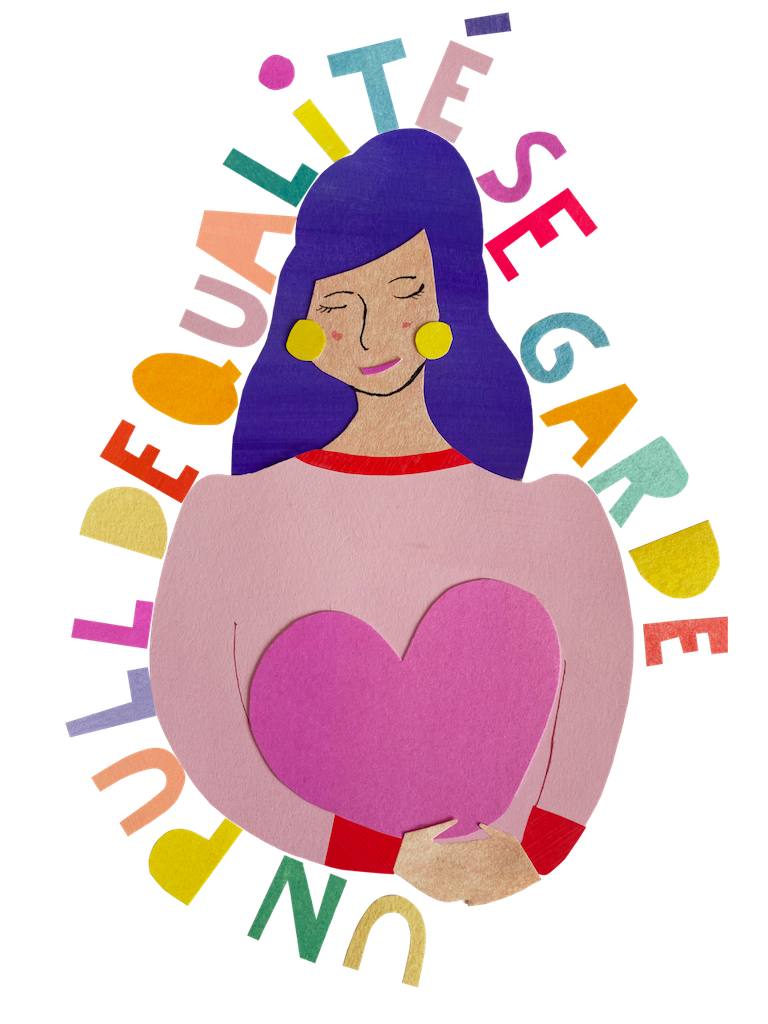MOHAIR AND SILK
A mohair like no other.


1. Why mohair and silk?
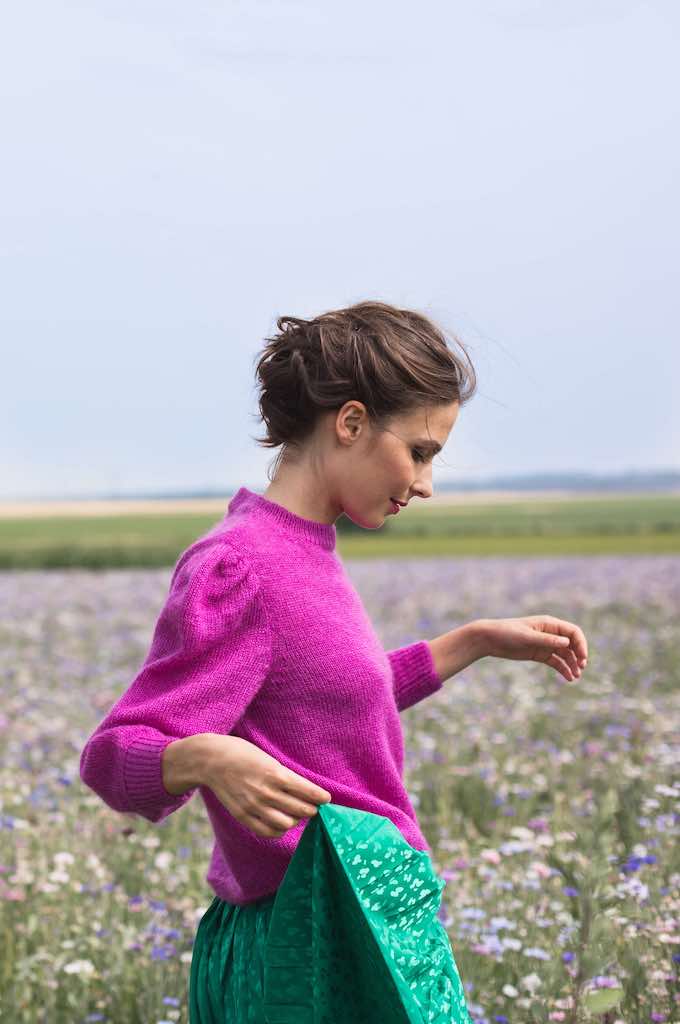

1. Why mohair and silk?
- This yarn is a blend of the finest mohair fibers and a silk filament for incredible brilliance. The mohair absorbs the dye very well, always making the colors very bright, and the silk adds a precious, subtle sheen that gives depth to the color.
- No synthetics, no plastics, no petrochemicals, just natural fibers that have both insulating properties (to keep you warm) and moisture-wicking properties (to keep you comfortable even on sunny days). This 100% natural yarn breathes, and so can you!Polyamide, usually used in mohair yarns, is one of the synthetic fibers with the highest carbon impact. That's why I think it's much more interesting to replace it with silk, a natural and renewable material.
2. The finest quality fibres
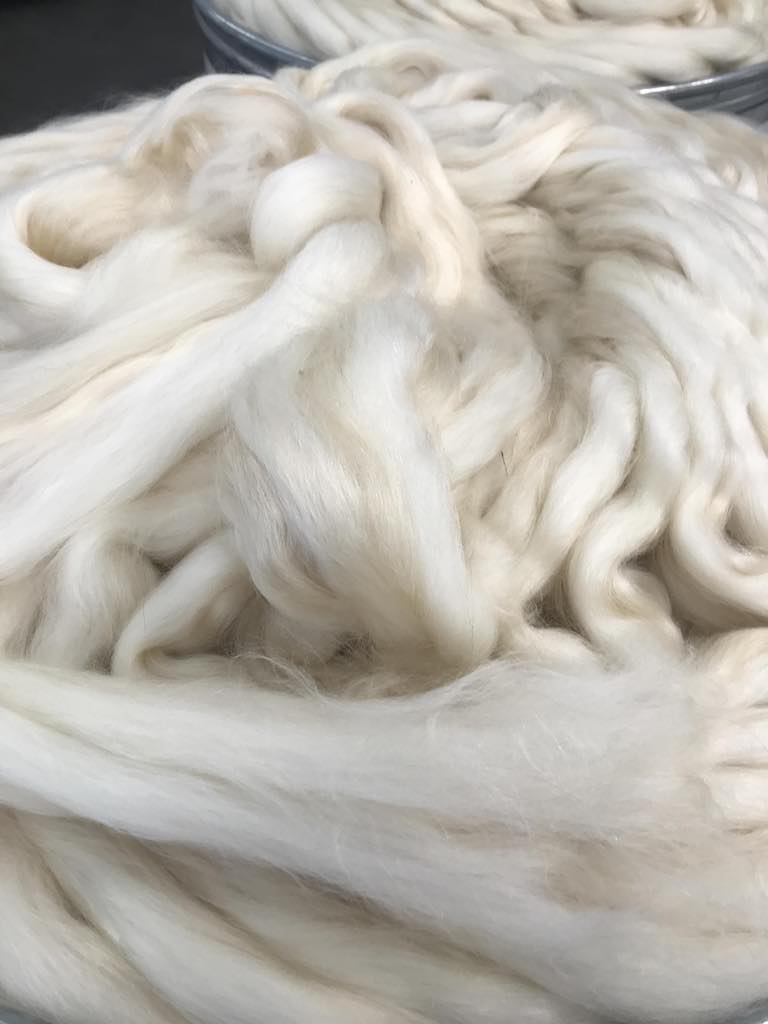

2. The finest quality fibres
The quality of a yarn is largely determined by the quality of its constituent fibers. In general, the finer and longer the fibers, the better and softer the yarn will be, and the less pilling it will have.
Pour mon fil en mohair et soie, j’utilise des fibres de SuperKid mohair < 28 microns, soit très très fines, qui permettent d’obtenir des pulls en mohair d’une douceur et d'une qualité exceptionnelle.
Click here for mohair FAQs!
3. Well-bred goats ❤️
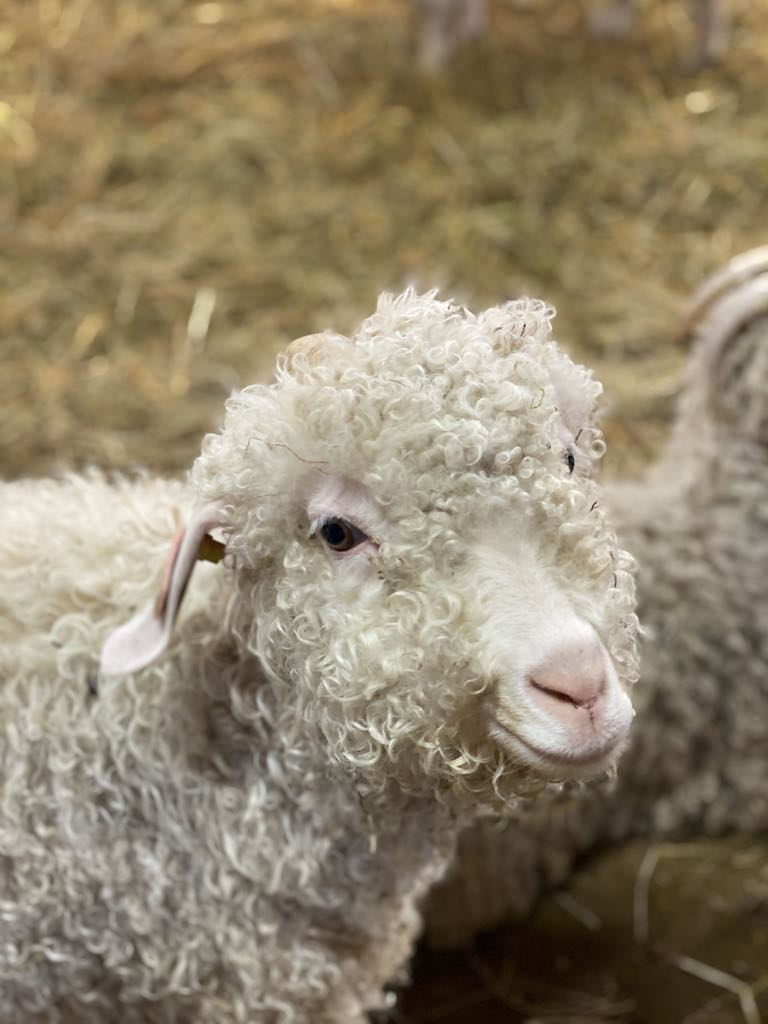

3. Well-bred goats ❤️
- Mohair is the name given to the fleece of the Angora goat. Not to be confused with Angora, which comes from Angora rabbits!
- It's important to know that Angora goats are bred exclusively for their hair and not for meat (unlike Merino sheep, which are bred for meat and whose hair is used as a "bonus" to make yarn). This nuance is very important, as it implies that the more care breeders take of their animals, the higher the quality of their hair. The quality of the fleece depends largely on the animal's health and well-being.
- Since early 2020, a new certification for mohair has seen the light of day: the RMS (Responsible Mohair Standard) certification . It enables full traceability and strict control of farming practices.
- Find out more about RMS breeding and certification here
4. Expert, committed spinning for an extraordinary yarn
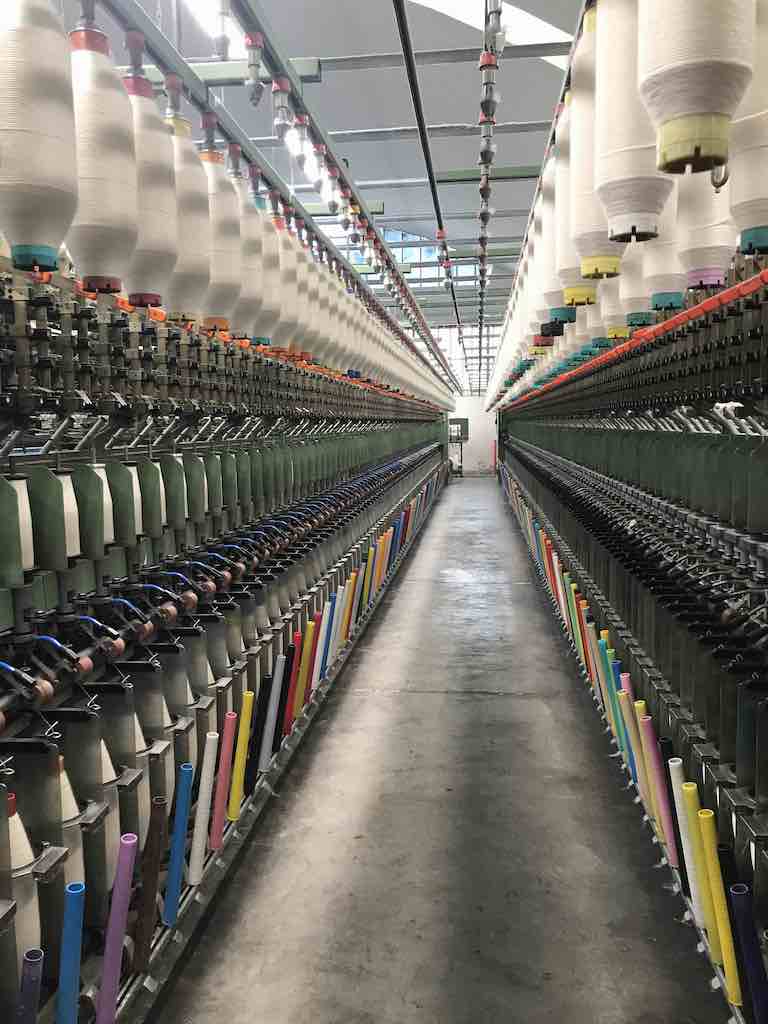

4. Expert, committed spinning for an extraordinary yarn
- These mohair fibers, which come from a living, natural material, are therefore never homogeneous from one batch to the next, and are sensitive to humidity, temperature and even wind! Spinning them therefore requires expertise to obtain the best settings for each batch .
- Spinning this "living" mohair with silk filament also requires special know-how, as silk is much more difficult and sensitive to handle than polyamide.
- Italy is home to the best mohair spinning mills in the world. For this mohair and silk, I chose to work mainly with a high-quality mill that has long been committed to a sincere environmental approach: Sesia filatura. Its production chain is powered 100% by renewable energies. It is certified RMS Responsible Mohair Standard, Standard 100 By Oeko-tex and participates in the Italian ZHDC (Zero Discharge of Hazardous Chemicals) program.
5. Safe dyeing.
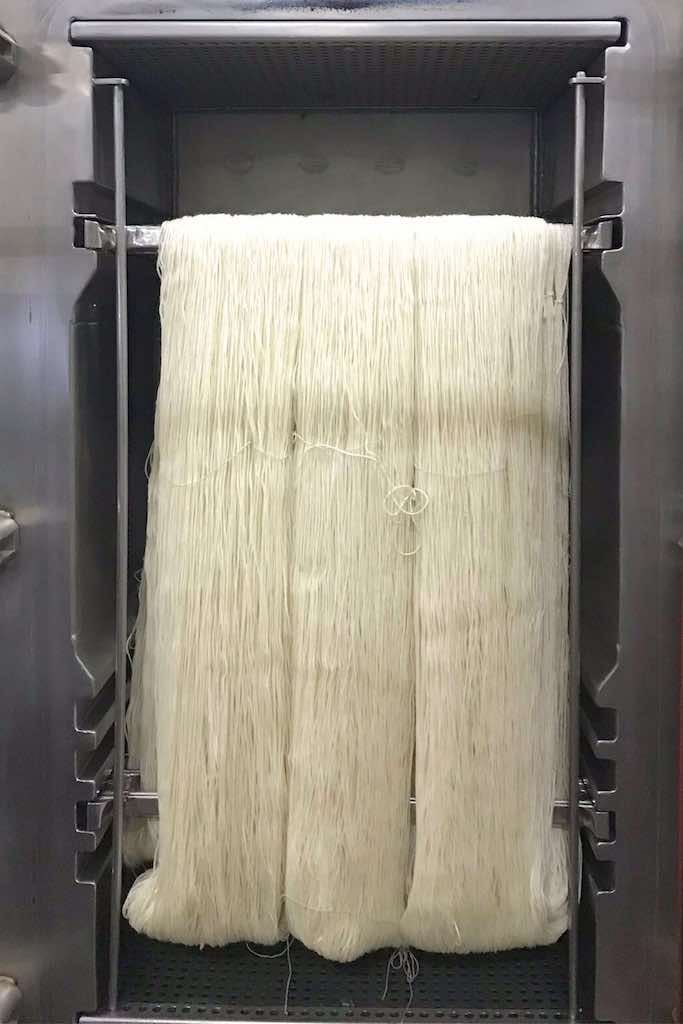

5. Safe dyeing.
- Dyeing in Europe means complying with the Reach standard, which has established a list of chemical substances banned from textile products.
- The dye house at my Sesia spinning mill goes further than the Reach standard and adheres to the strictest ecological criteria established by the 100 by Oeko-Tex standard , which protects human health and the environment from the risks of chemical substances by opting for an even more demanding list. It also participates in Italy's ZHDC (Zero Discharge of Hazardous Chemicals) program.
- Pigments are needed for color dyeing, and unfortunately the manufacture of these pigments is still a chemical and polluting process. Research and development is underway! Young companies like Pili, a biotech start-up, are developing innovative processes. Pilli has already succeeded in producing indigo from bacteria. It will take a long time, but solutions are emerging!
6. And finally: careful knitting!
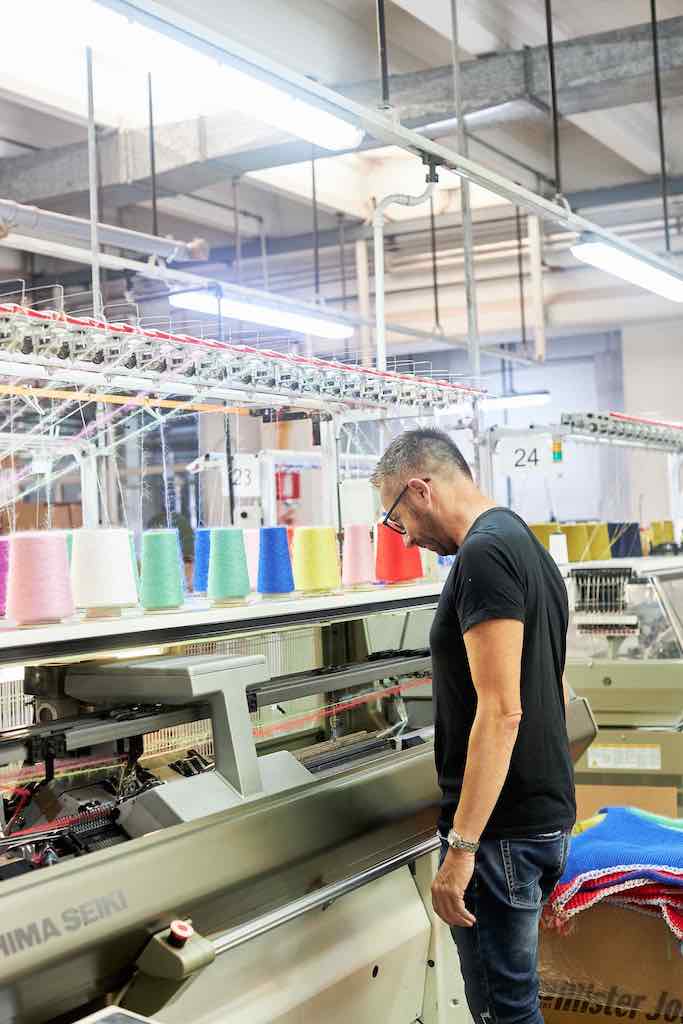

6. And finally: careful knitting!
- Knitting this mohair and silk yarn requires a great deal of skill and patience.
- 100% natural, it's never the same! You need to review the knitting and washing settings for each batch, or even each color.
- Don't think silk is fragile. On the contrary, behind its apparent fragility, silk is robust. However, it is more difficult to knit and set up because it is not stretchable. It's therefore essential to keep a close eye on machine settings, as Lino is doing in this photo.
Discover all mohair sweaters and cardigans

